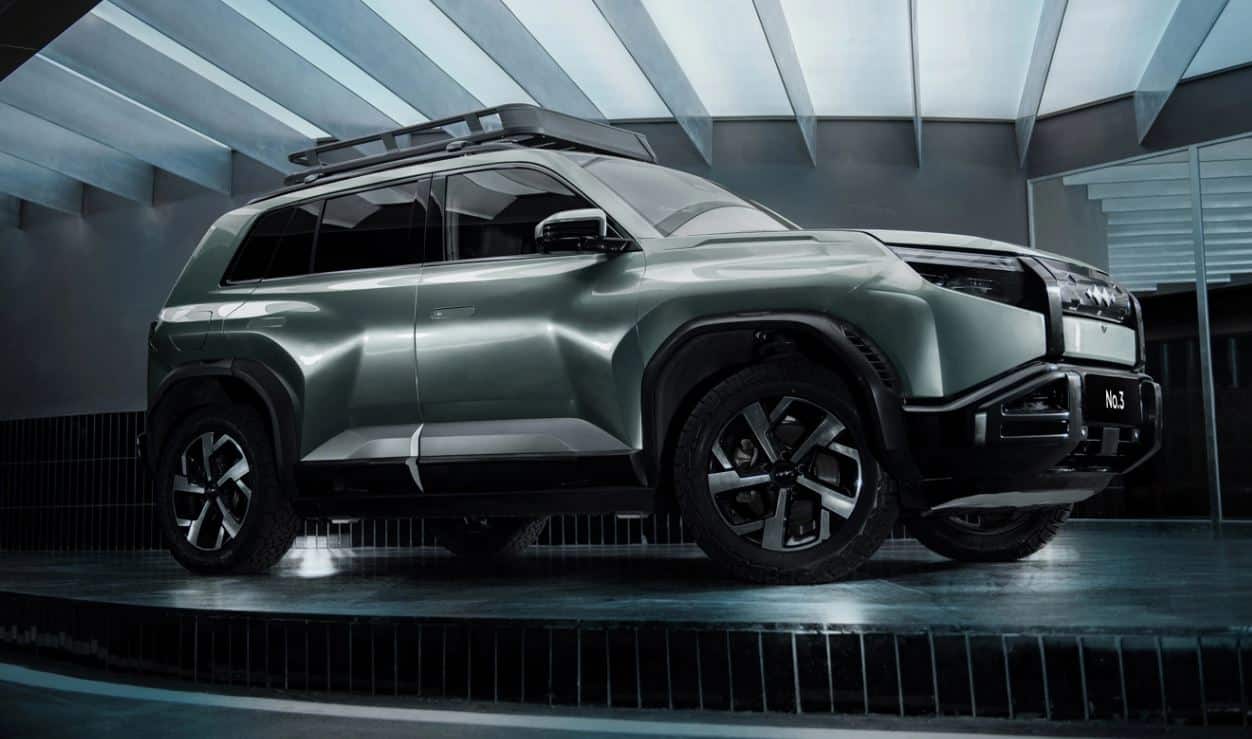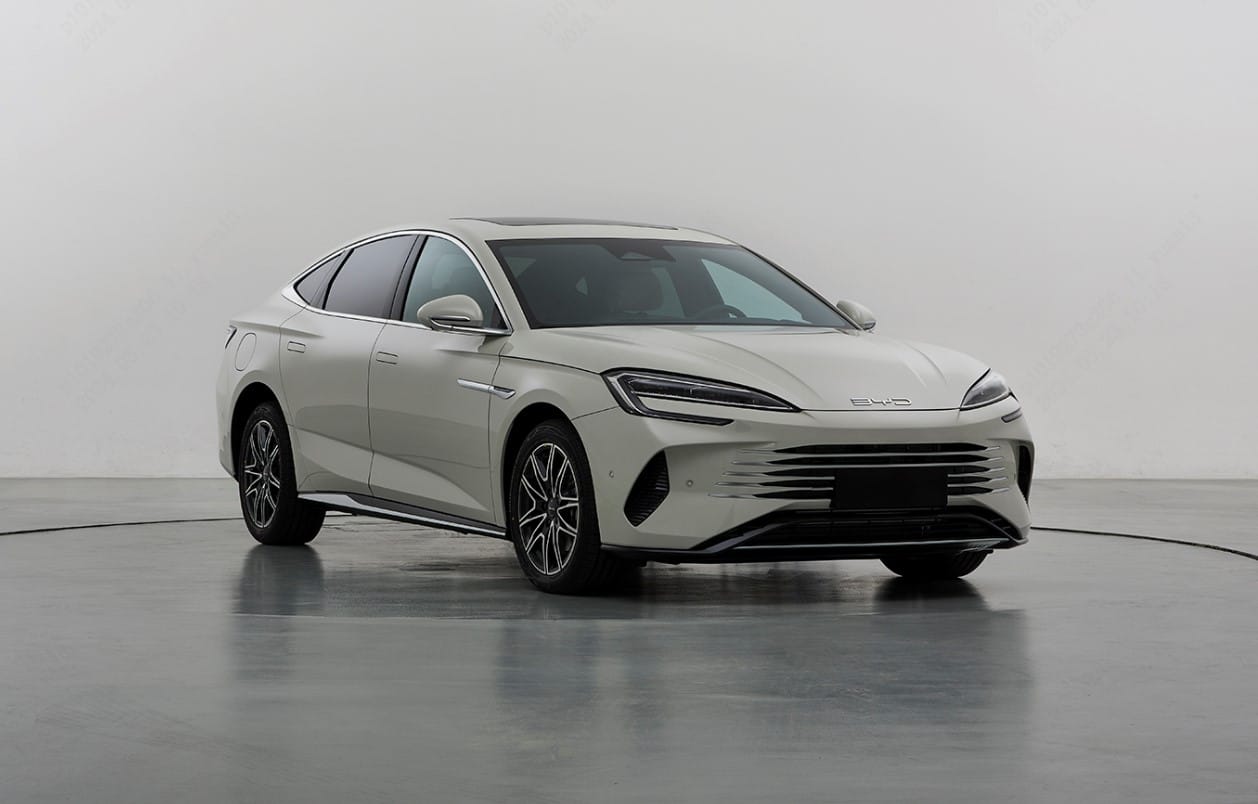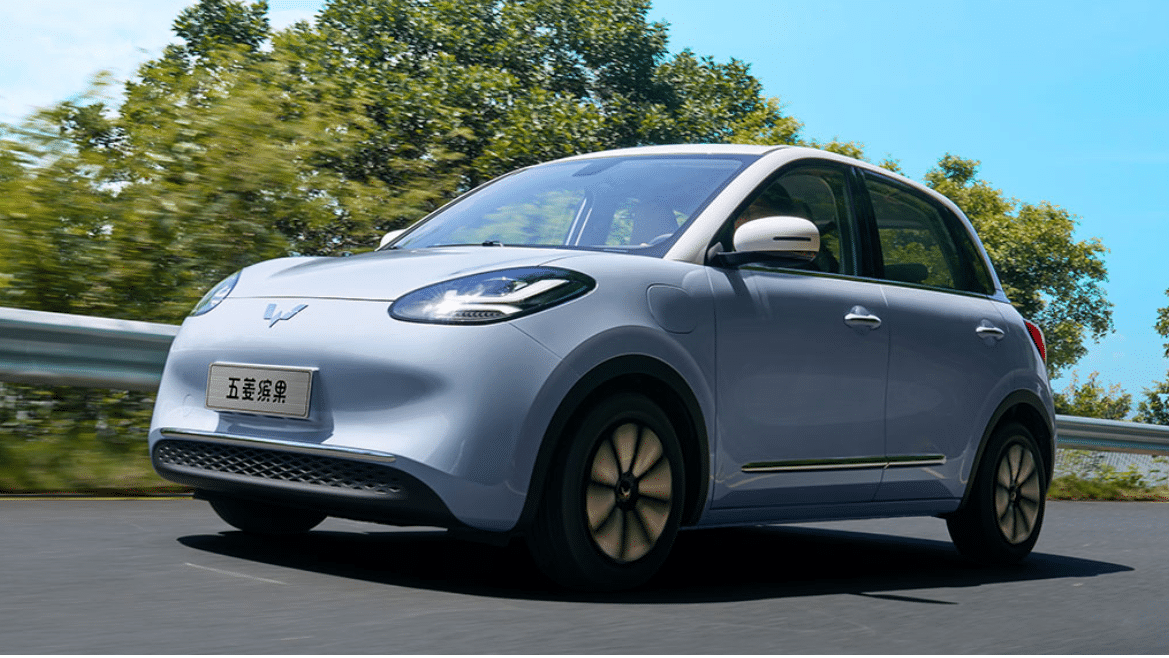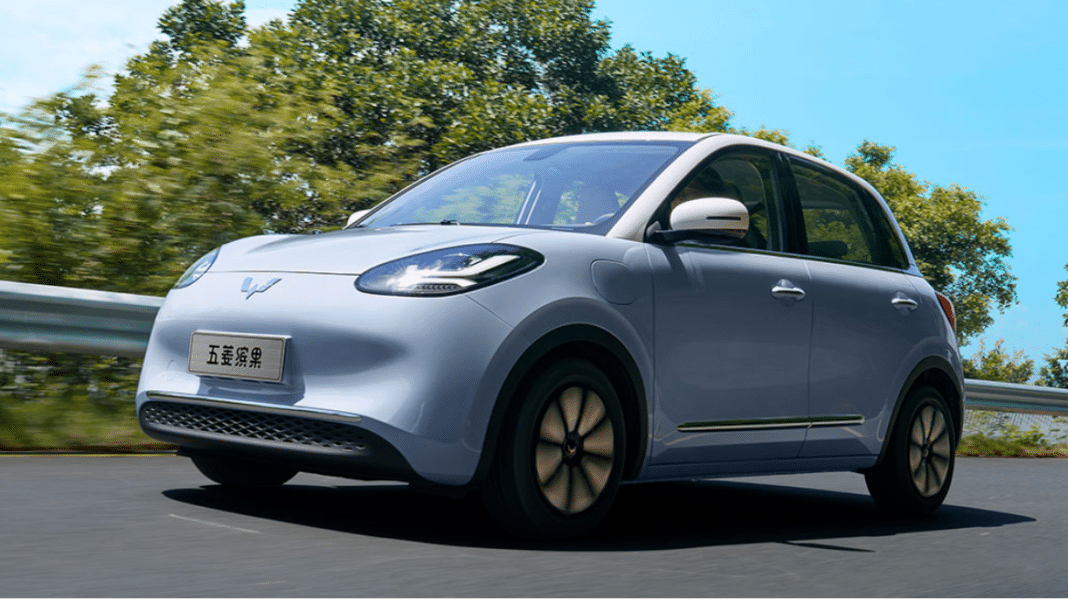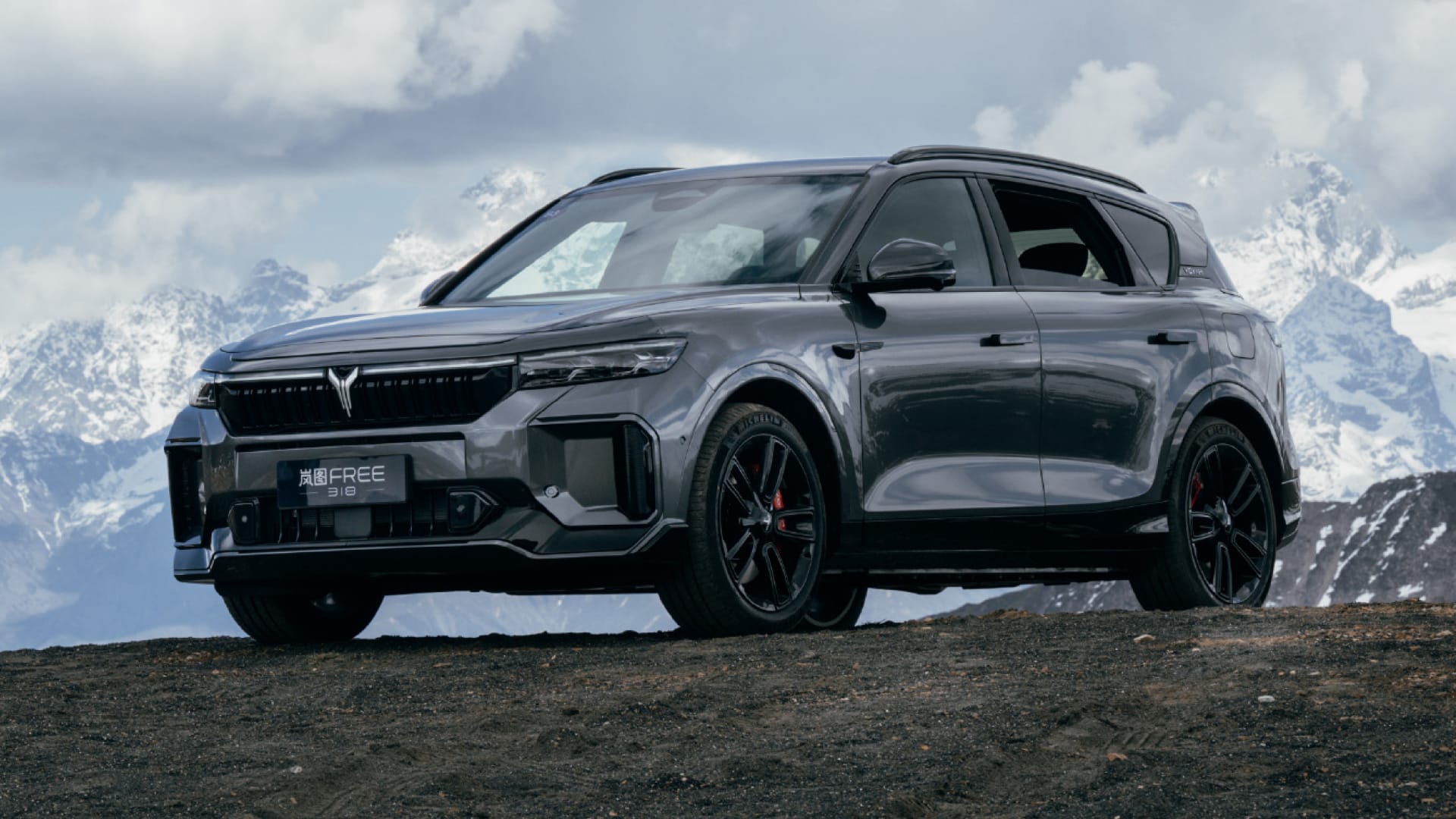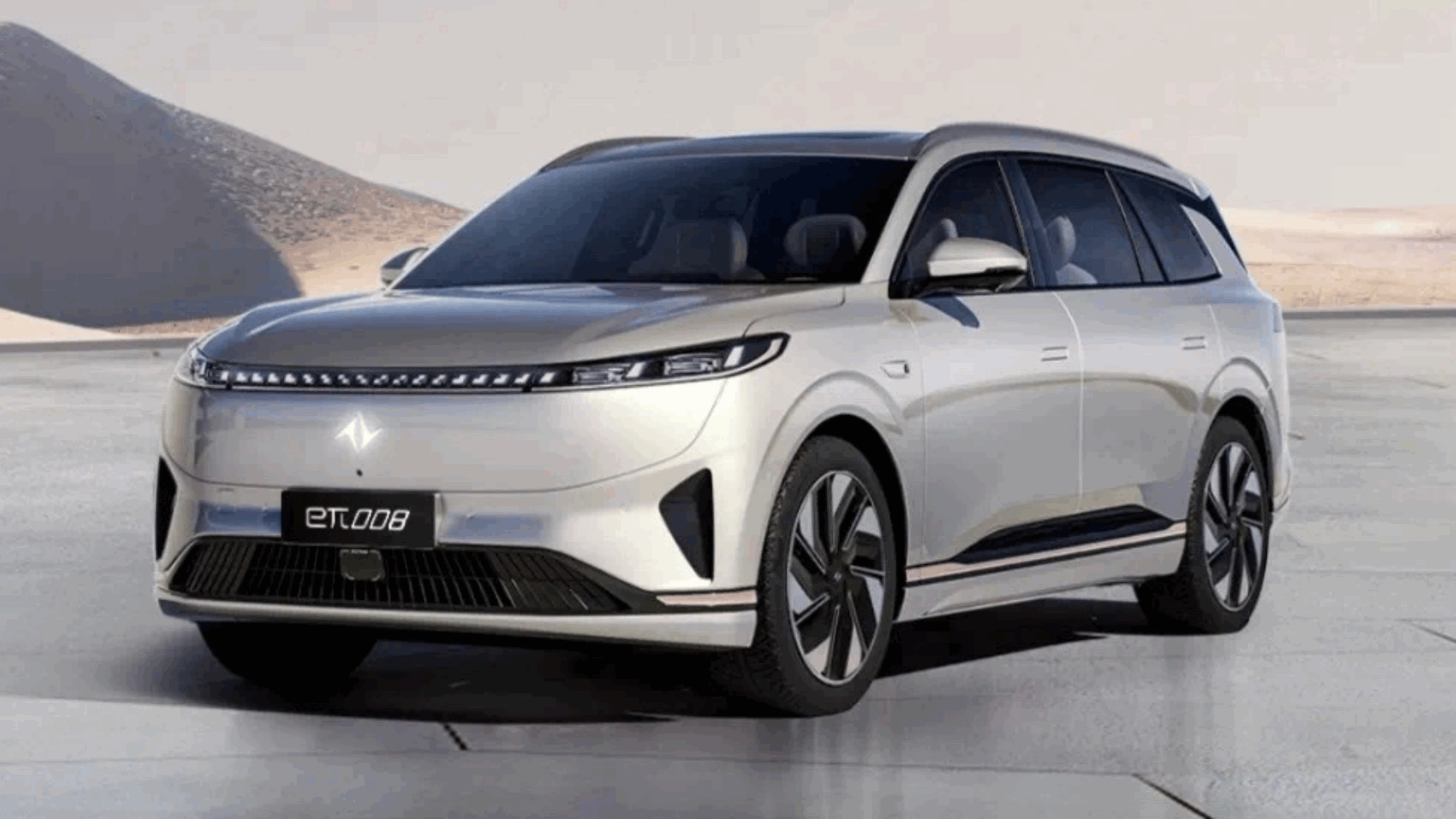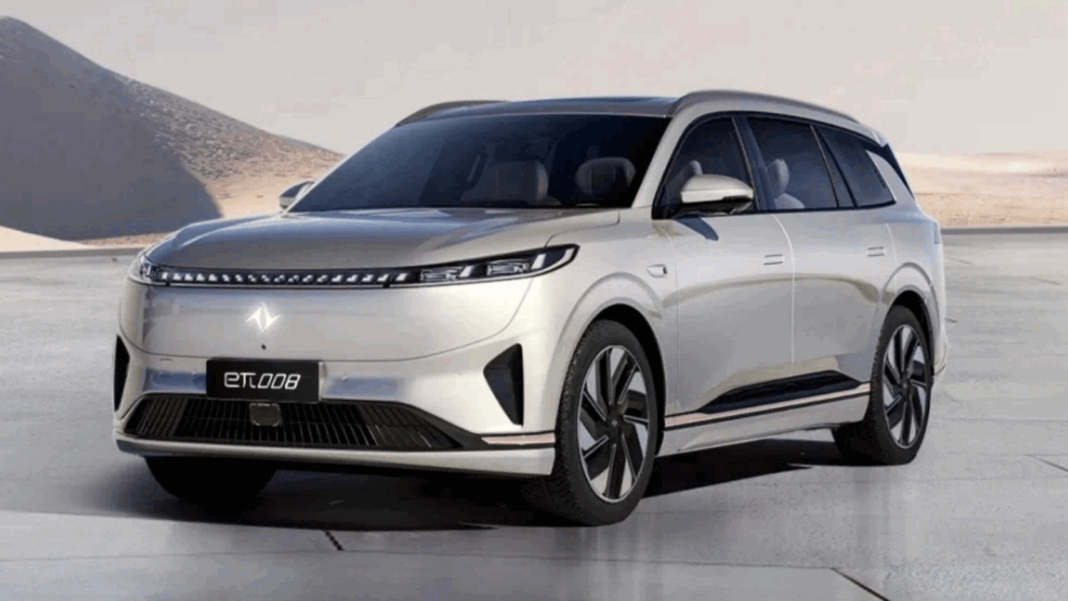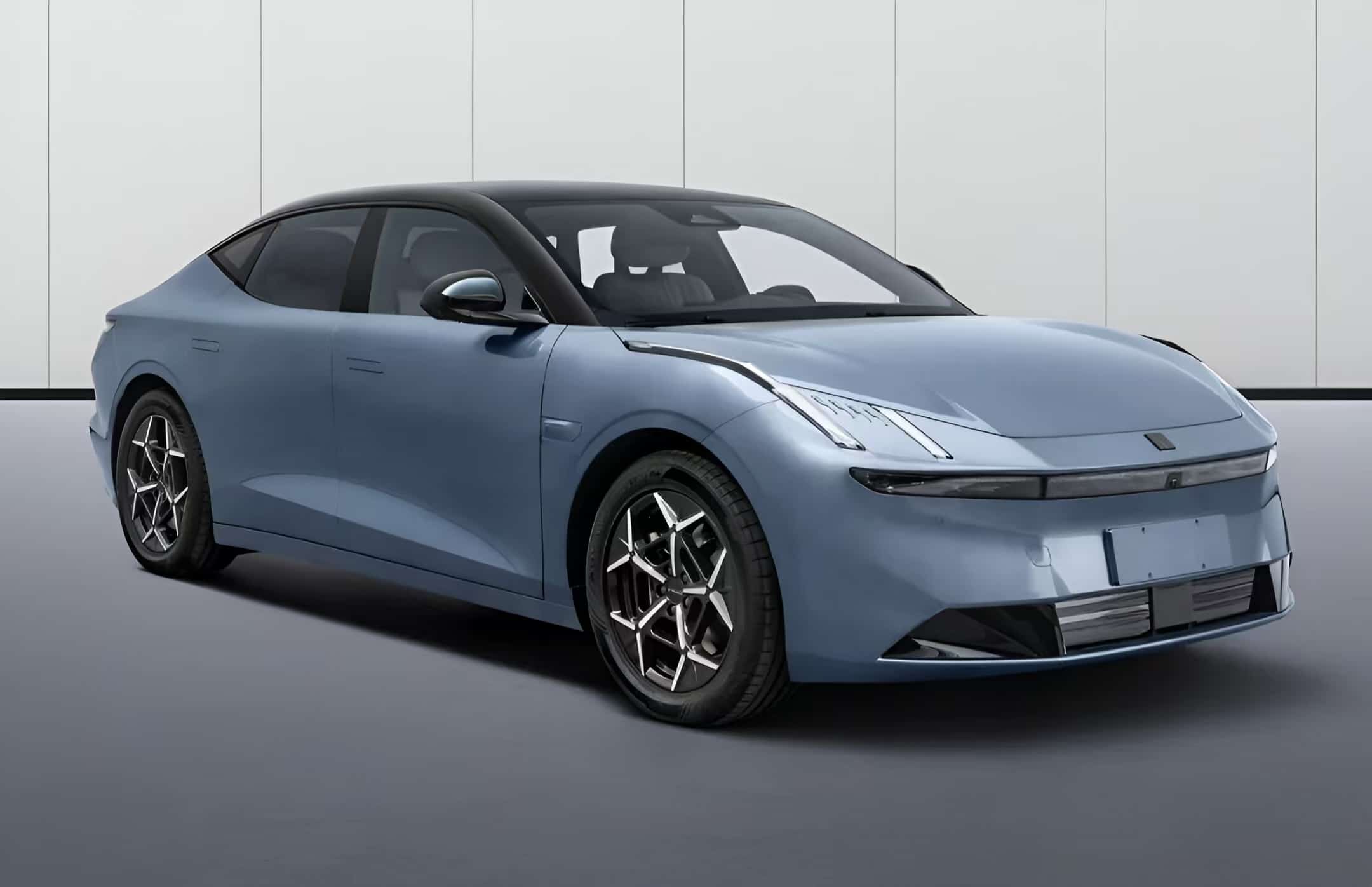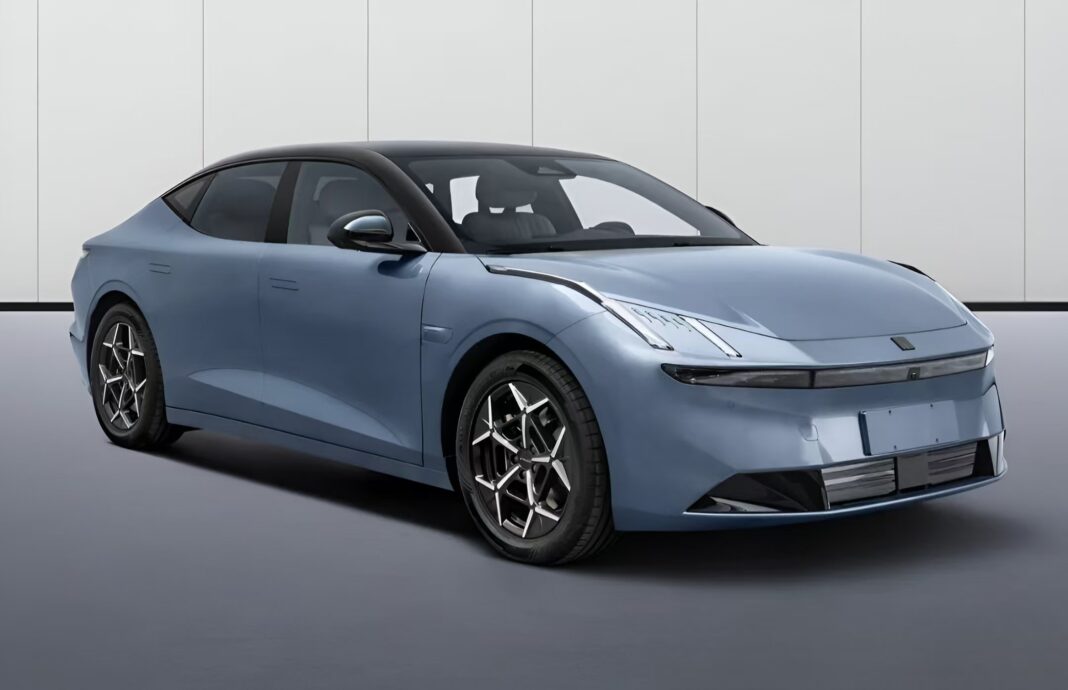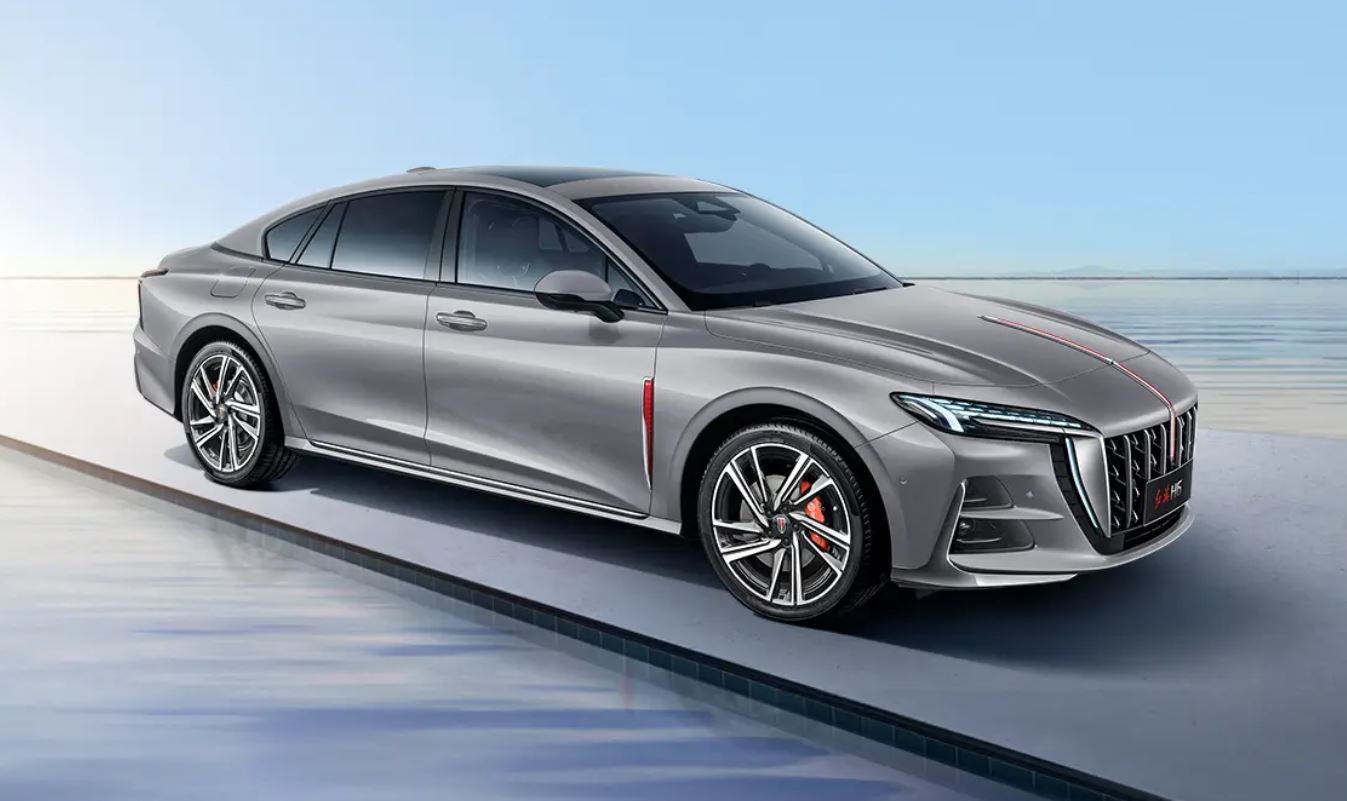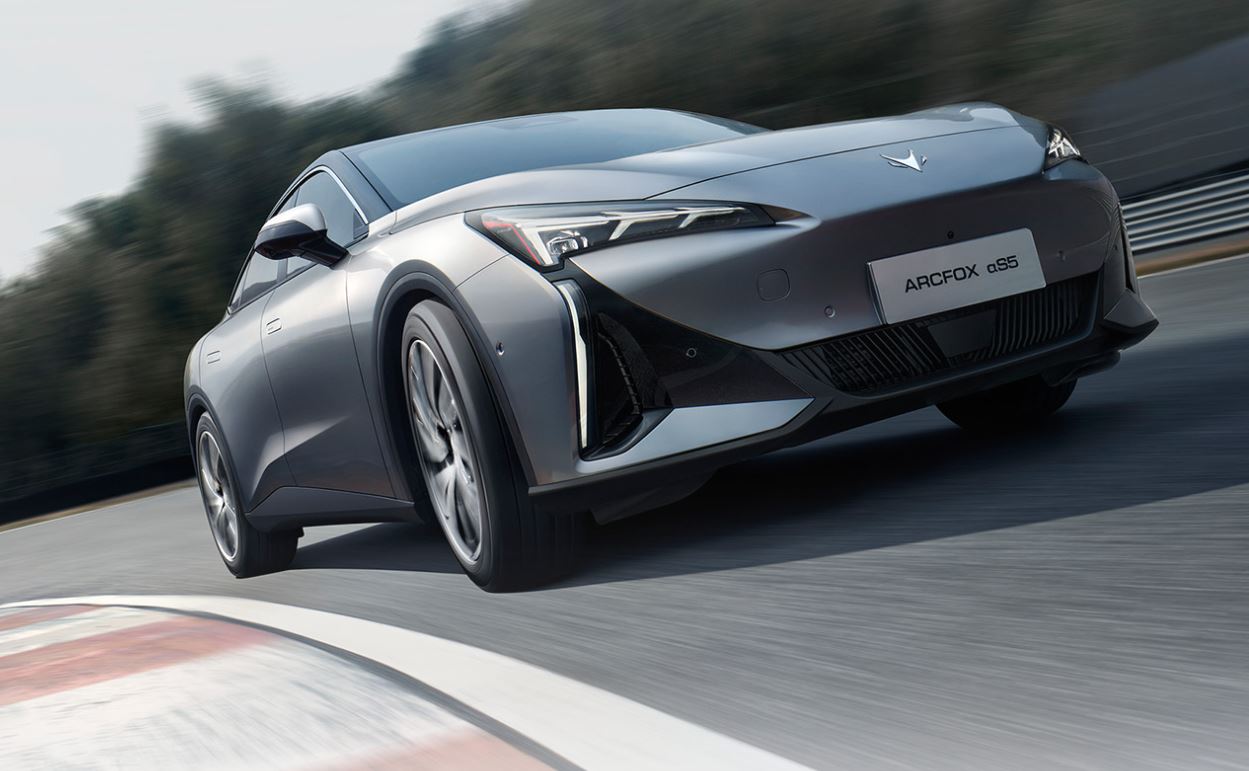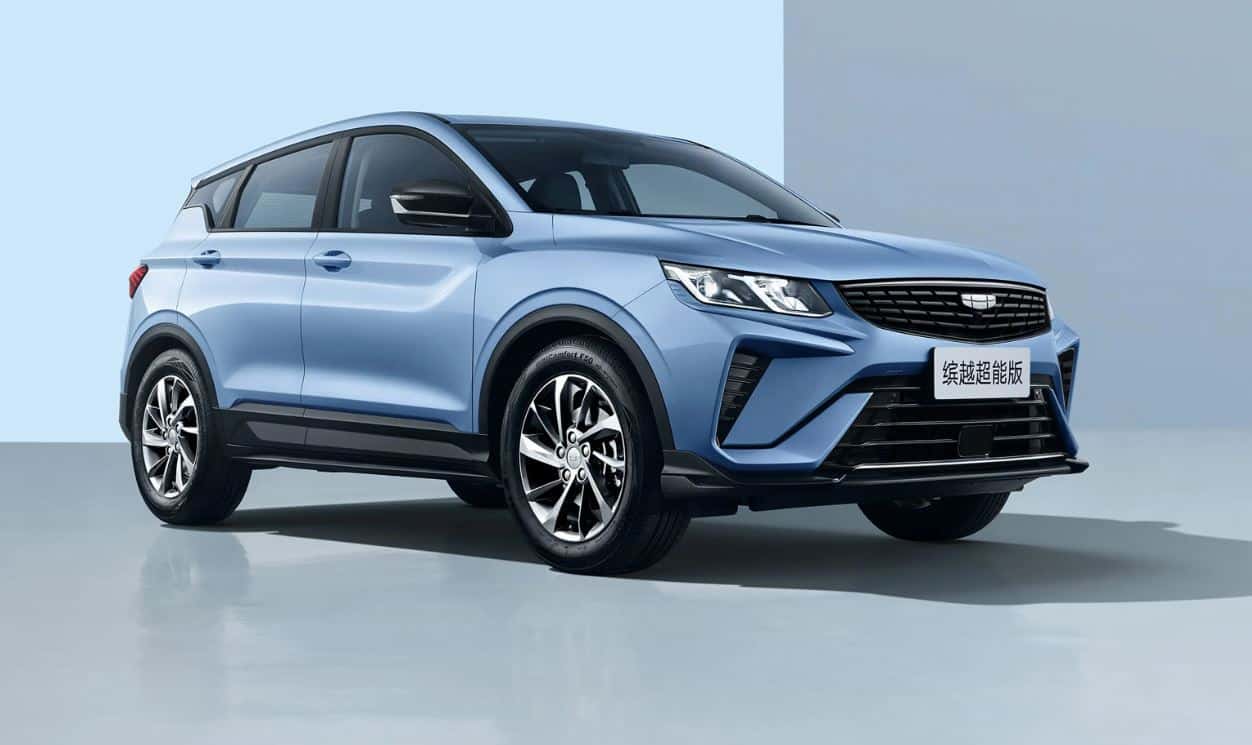Yommie
Elite Member
- Oct 2, 2013
- 55,955
- 36,734
- Country of Origin

- Country of Residence

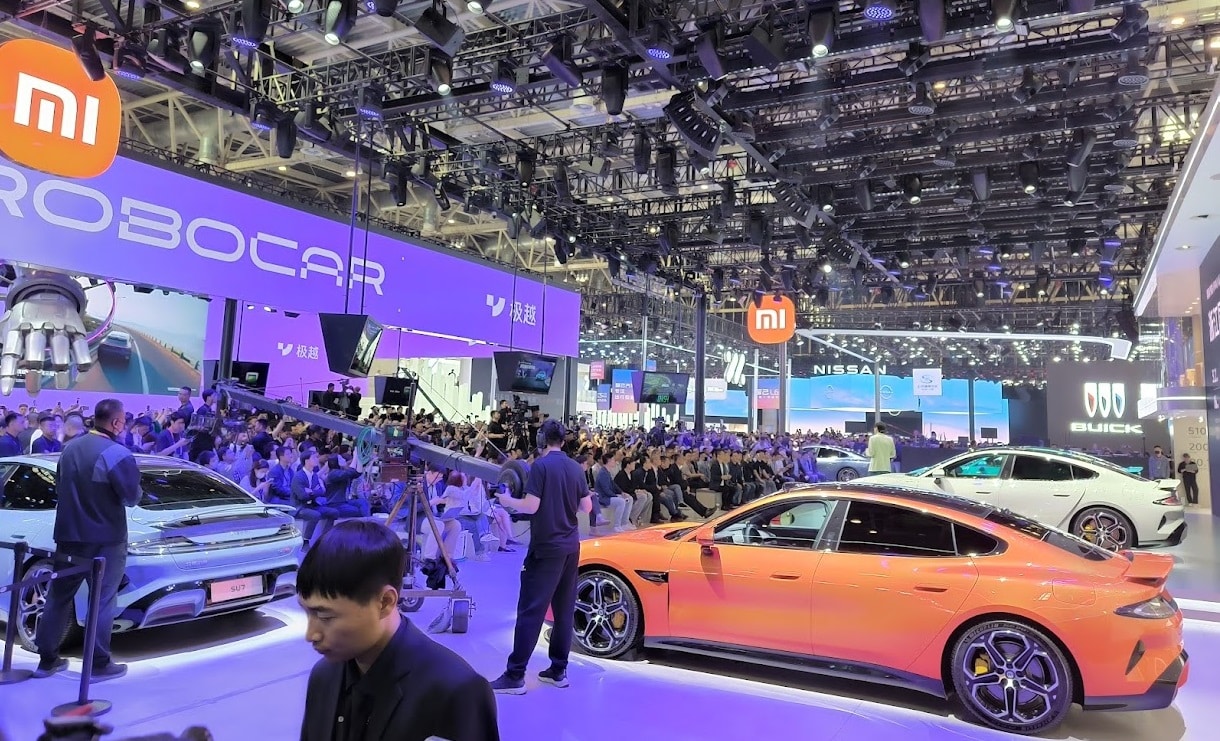
Xiaomi SU7 reaches 20,000 deliveries, targets 100,000 more in the next six months
Xiaomi plans to deliver 120,000 EVs this year.
 carnewschina.com
carnewschina.com
Xiaomi SU7 reaches 20,000 deliveries, targets 100,000 more in the next six months
Reading Time: 2 minutes
Jiri Opletal
June 14, 2024
2
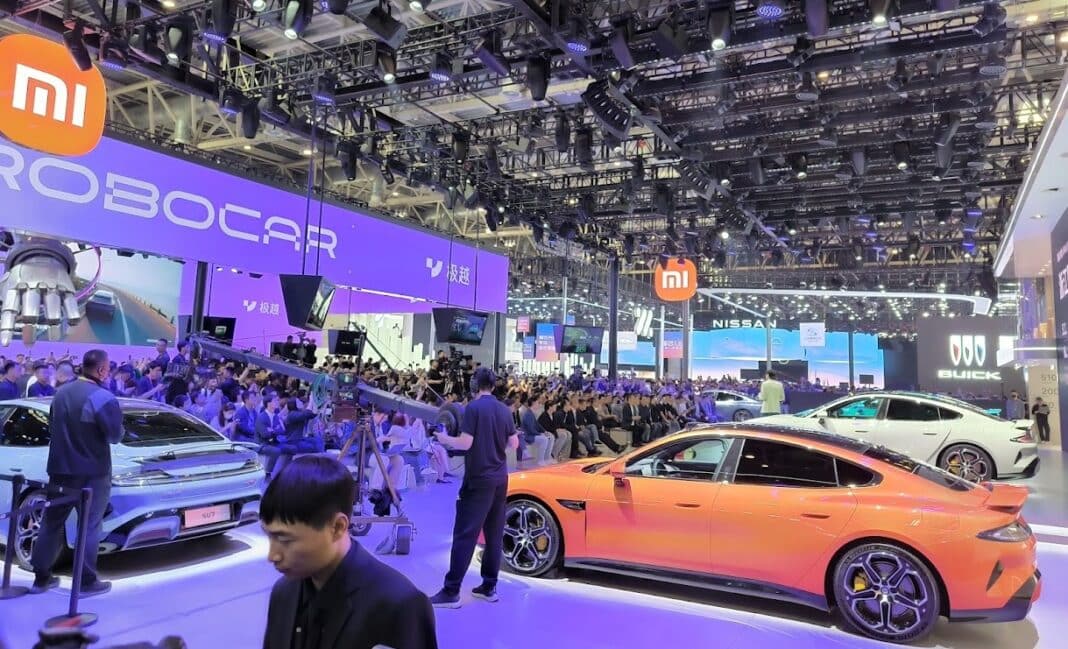 Xiaomi booth at 2024 Auto China in Beijing. Credit: CNC
Xiaomi booth at 2024 Auto China in Beijing. Credit: CNCNews like this to your inbox or phone?
Weekly summary to your inbox
I want this
Never miss and important news
Get Instant notification once the news is published.
Follow Us
Xiaomi delivered its 20,000th SU7 on June 13, two and half months after the March 28 launch, the company announced. Xiaomi expects to deliver 120,000 units of SU7 in 2024.
Despite the production challenges in their new Beijing factory, Xiaomi delivered 20,000 SU7s in 77 days since launch, which is 260 cars on average every day. However, those numbers include the about 5,000 SU7s Founders Edition, which were assembled before March 28.
Xiaomi also has announced that it expects to exceed 10,000 unit deliveries in June. In May, the consumer giant sold 8,646 SU7s. “Yesterday, cumulative deliveries of Xiaomi SU7 exceeded 20,000. I appreciate your support,” Xiaomi posted on Weibo Friday.
The SU7 sedan (see specs) offers three versions: Standard, Pro, and Max, with starting prices at 29,700 USD, 33,900 USD, and 41,300 USD, respectively. The top trim level has an 800 km range and 495 kW power (663 hp). As usual for Xiaomi, the SU7 sparked a lot of hype in China, which resulted in 50,000 pre-orders in 27 minutes after the launch.
Deliveries of the standard and Max versions began on April 3, while the SU7 Pro deliveries started in May. On May 15, Xiaomi EV reported its 10,000th SU7 delivery.
Despite its popularity, the SU7 faces production capacity issues. According to the Xiaomi website, customers need to wait 30 weeks for the Standard model and 35 weeks for the Max variant.
Last week (W23), car registrations in China for the Xiaomi SU7 saw 2,100 units, down from 2,200 in the previous week and 2,700 the week before.
Xiaomi SU7 is rolling off the production line in Beijing. Credit: Xiaomi
Concerns about declining sales sparked a response from Xiaomi’s management. Wang Hua, general manager of Xiaomi Group’s PR department, assured that while order volumes are increasing, delivery capacity is strained due to the limited capacity of delivery centers, trying to emphasize that problem is on the production and delivery capacity side, not on the demand side.
To mitigate these issues, Xiaomi started double-shift production in June in its Beijing plant. Furthermore, on June 7, it was reported that Xiaomi’s car factory was recruiting more workers to achieve its yearly delivery objectives.

